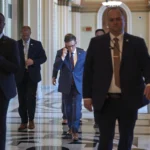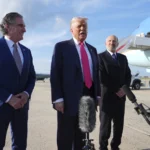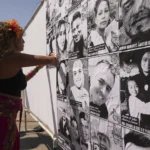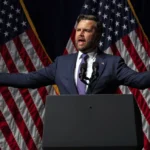FRIDAY FOCUS: Wyoming Library Association President Speaks Out on Book Banning Controversy
Casper librarian says efforts to remove young adult books have reached an ‘unprecedented’ level
- Published In: Other News & Features
- Last Updated: Jul 14, 2023

Conrrado Saldivar, president of the Wyoming Library Association, said removing books or creating more obstacles to access them “absolutely impedes on freedom of speech.” (Courtesy photo from Conrrado Saldivar)
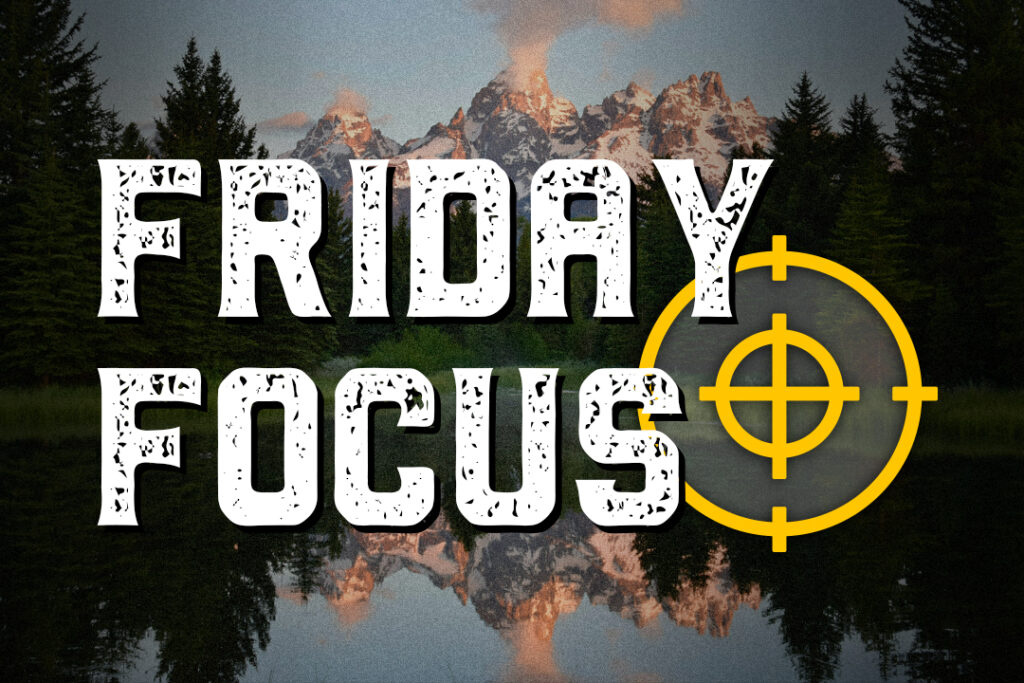
By Shen Wu Tan
Special to the Wyoming Truth
The effort to remove books from library shelves isn’t new. But the degree of these efforts seems to have reached a new level.
In April, the American Library Association reported a 38% increase in books targeted for censorship from 2021 to 2022. And Conrrado Saldivar believes Wyoming reflects that upward trend.
“The issue has definitely gotten worse,” said Saldivar, 32, president of the Wyoming Library Association (WLA), a volunteer organization with over 200 members, including staff at public and school libraries. “When people see these cherry-picked passages and illustrations in the media, they immediately want to remove them from their school or public libraries, causing the issue to spread across Wyoming.”
Currently, over 100 books are being challenged in the Cowboy State, according to the Wyoming Families for Freedom, a group of citizens concerned about efforts to ban books or restrict access. These include “This Book Is Gay,” a young adult nonfiction book about sexuality and gender, and “The Kite Runner,” a novel about the friendship between a wealthy boy and the son of his father’s servant in Afghanistan. Some of the books targeted might contain sexual content or themes about sexual orientation and gender identity.
The most restricted book in Wyoming is “Gender Queer: A Memoir” by Maia Kobabe, Saldivar said, as it has been moved to an opt-in policy in the Natrona County School District and transferred from the young adult section to the adult section at the Campbell County Public Library at the urging of concerned parents.
Saldivar holds undergraduate degrees in anthropology and Spanish from the University of Wyoming and a master’s degree in library and information science from the University of Washington. He began his career at the Natrona County Library in 2015 as an adult services specialist and worked at the Wyoming State Library before returning to Natrona County Library as tech services manager in April.
Saldivar spoke with the Wyoming Truth about book banning, censorship and appropriate reading content for youth. What follows are excerpts from the interview.
What’s driving the book banning movement?
Saldivar: Our hyper-politicized environment is allowing these efforts to gain more traction. Media that reinforces some of these loud voices is also doing a disservice to having actual conversations about the content of library collections.
What are your thoughts about ongoing efforts to remove books from shelves?
Saldivar: Recent efforts to remove books have become political topics, even though people on both sides of the political spectrum agree that censorship is bad. Media and social media have allowed for cherry-picked passages and illustrations to determine what a book, when taken as a whole, is actually about…
The arguments in all of these locations [Laramie County School District, Natrona County School District, Fremont County School District, Park County School District, Campbell County Public Library] and board meetings have been that these books aren’t appropriate. However, they are relevant to the society we live in. Removing them from shelves doesn’t make it any less true…
During the 2022 elections, we saw many school board candidates campaign on the removal of books from shelves, and many are inching closer to doing that at the expense of taxpayer dollars. In the past, there have been some instances of books being removed entirely or moved from one section to another. But the scale of the current efforts is unprecedented.
Does removing certain books impede freedom of speech?
Saldivar: Removing books, or creating more barriers to access them, absolutely impedes on freedom of speech. Voluntary inquiry in a library should never be restricted based on the ideas that those who are seeking to remove books may disagree with, and there is case law that supports this. Whether a school or public library, materials should be available for those communities to access.
How should libraries balance freedom of speech with parental concerns about the subject matter of specific books?
Saldivar: First and foremost, the discussion of what is and isn’t appropriate for a child to read should start in the home. I’ve heard comments that say this is too much of a burden to put on a parent and that parents are neglectful or unengaged, which I absolutely disagree with. Every parent/child situation is unique, and what’s appropriate or relevant for one situation may not be OK for another. After that discussion, parents should use the tools available to them to help monitor what their children are reading. I feel that this initial process sets up the balance that many are seeking. In schools, parents can start by talking to the librarian about what’s appropriate for their child. They can even provide lists of what is or isn’t OK for their child to read and work alongside the librarian to create those lists. In public libraries, parents can link their child’s card to their library account via an app. Once linked, only the parent can unlink it. This allows for parents to monitor what their children are checking out. These discussions and tools are the balance.
How do library staff decide which books to place on shelves?
Saldivar: Library staff first know what their community is interested in reading, whether that’s for educational or recreational information. They utilize professional book reviews that offer more than just the book’s summary and usually provide an age range to help determine who may want to read that book and if it’s appropriate for the age range suggested by the publisher…. If staff feel a book would check out in their library or if they see a gap in the collection, they may purchase the book.
Should there be different policies for school libraries versus public libraries?
Saldivar: Different policies should be in place, because the communities they serve are different. But the overarching goal of allowing free inquiry should not change. If a policy removes or restricts certain books based on their content, it’s not a good policy.
Could any library policies be altered given the ongoing book banning efforts?
Saldivar: I believe there is always room for improvement when it comes to library policies. The issue is that many of those in positions of power only see one way to alter policies. The public should absolutely have an opportunity to question the contents of a library collection, but when it’s one group trying to use the policies to sway the collection, it becomes a problem. School trustees and public library boards also have a fiduciary duty in their positions, and each book challenge has a financial component attached to it. Policies should reflect the balance of running the school district [or] library, respecting that every decision has a financial impact and ensuring that free inquiry is not infringed.
How could removing books from shelves potentially impact students?
Saldivar: I fear that our students are going to feel alone when they don’t see themselves reflected on the library’s shelves. Removing books from school and public libraries, especially those written by and about LGBTQ+ and BIPOC [Black, Indigenous and People of Color] people, shows them that their stories aren’t worth telling and are inappropriate. Likewise, students who are trying to learn more about the world around them aren’t going to have that opportunity. The “Live and Let Live” [mentality] of the Wyoming I grew up in is under attack, and our younger generations are the ones who are going to suffer the most because of it.







